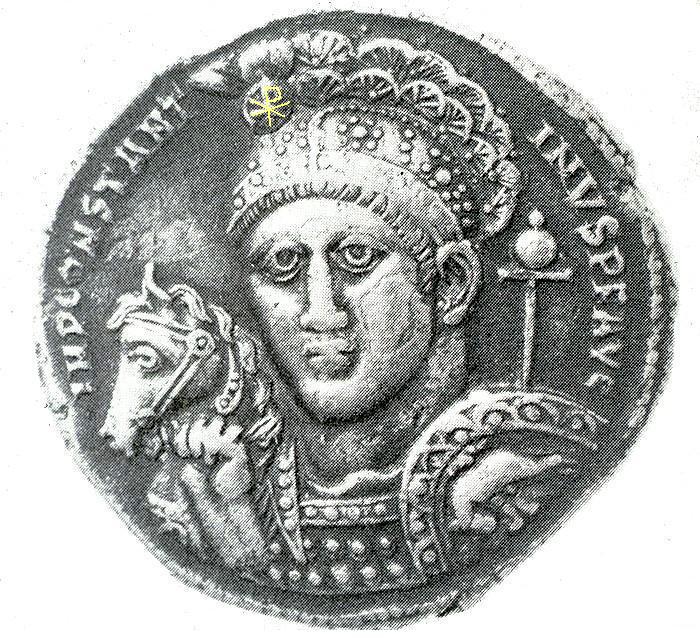Chris comments in the post below:
If I recall, some "silver age" authors actually first designated Cicero, Vergil, and company as authors of the "Golden Age". So naturally taken up from that Silver Age would be a complement. My OED is packed before the move, so I cannot check it at the moment.
I would be interested in any references in which 'silver' writers refer to the Augustan writers (or even to late Republican literature if we want to extend back to Cicero, as we probably should) as having written in a 'Golden Age'. To be sure, 'silver' writers sometimes made a trope of their secondariness; for example, Statius
Thebaid 10.445-6 (Hinds discusses this and other passages relating to 'secondariness'):
vos quoque sacrati, quamvis mea carmina surgant
inferiore lyra, memores superabitis annos.
Also of interest is the pseudo-Ovidian
Argumenta Aeneidis, praefatio 1-4 (text from Ziolkowski and Putnam's
The Virgilian Tradition):
Vergilius magno quantum concessit Homero,
tantum ego Vergilio, Naso poeta, meo.
Nec me praelatum cupio tibi ferre, poeta;
ingenio si te subsequor, hoc satis est.
Vergil refers to the return of a golden age in general terms in
Eclogue 4, which he specifically relates to Saturnian myth (e.g.,
redeunt Saturnia regna, 6):
ac toto surget gens aurea mundo (9); but a quick glance through Ziolkowski and Putnam's index s.v. 'golden age' didn't yield anything relating to literary designations (but I was skimming pretty quickly and don't have time at the moment for a really thorough search).
In English, the term 'golden age' to refer to Augustan literature seems to have come into play earlier than 'silver age'. The OED's earliest reference is from Dryden in 1700: 'With Ovid ended the golden age of the Roman tongue.' Interestingly, Dryden uses the term mythically 15 years previous to this: 'Those first times, which Poets call the Golden Age.'




